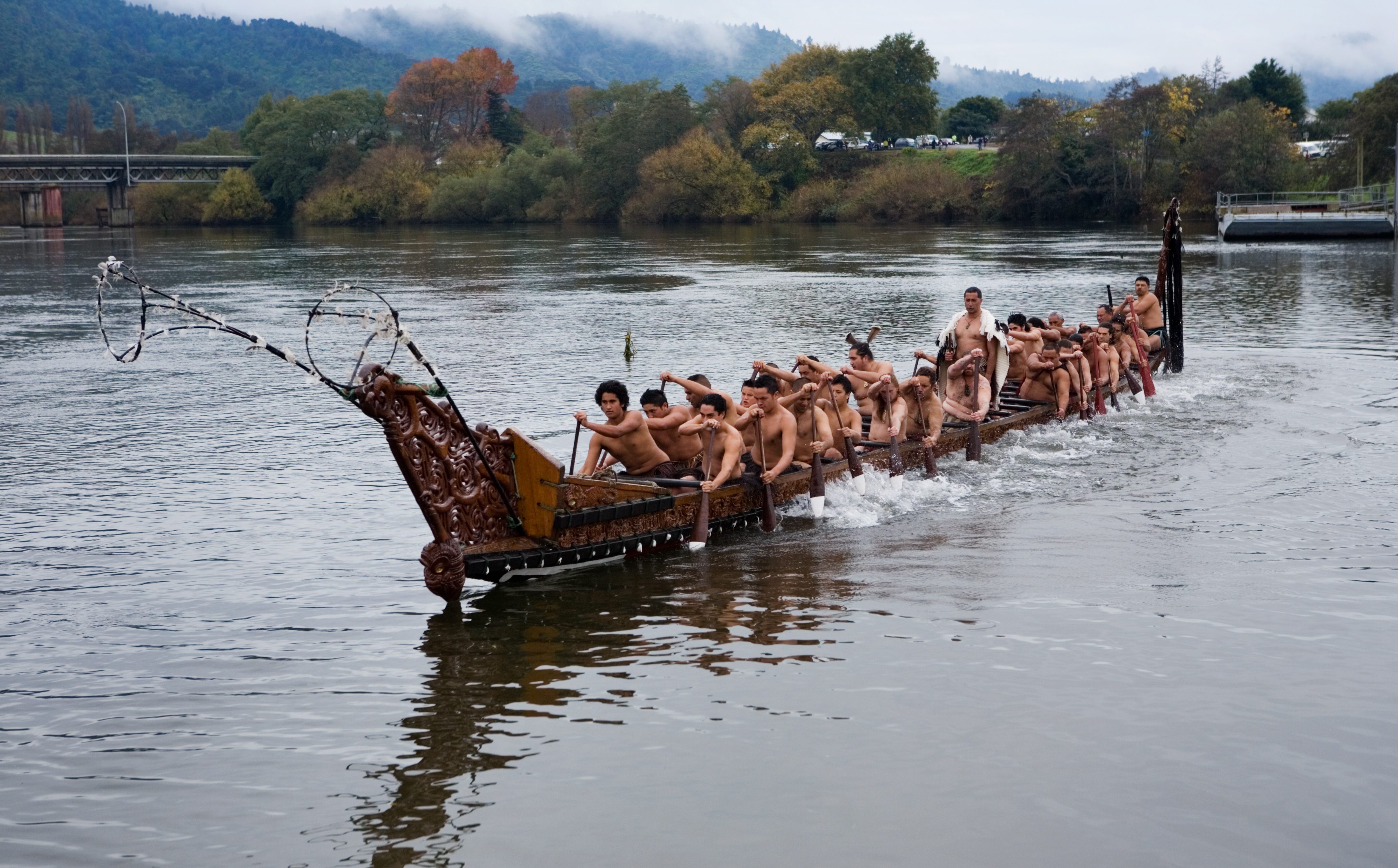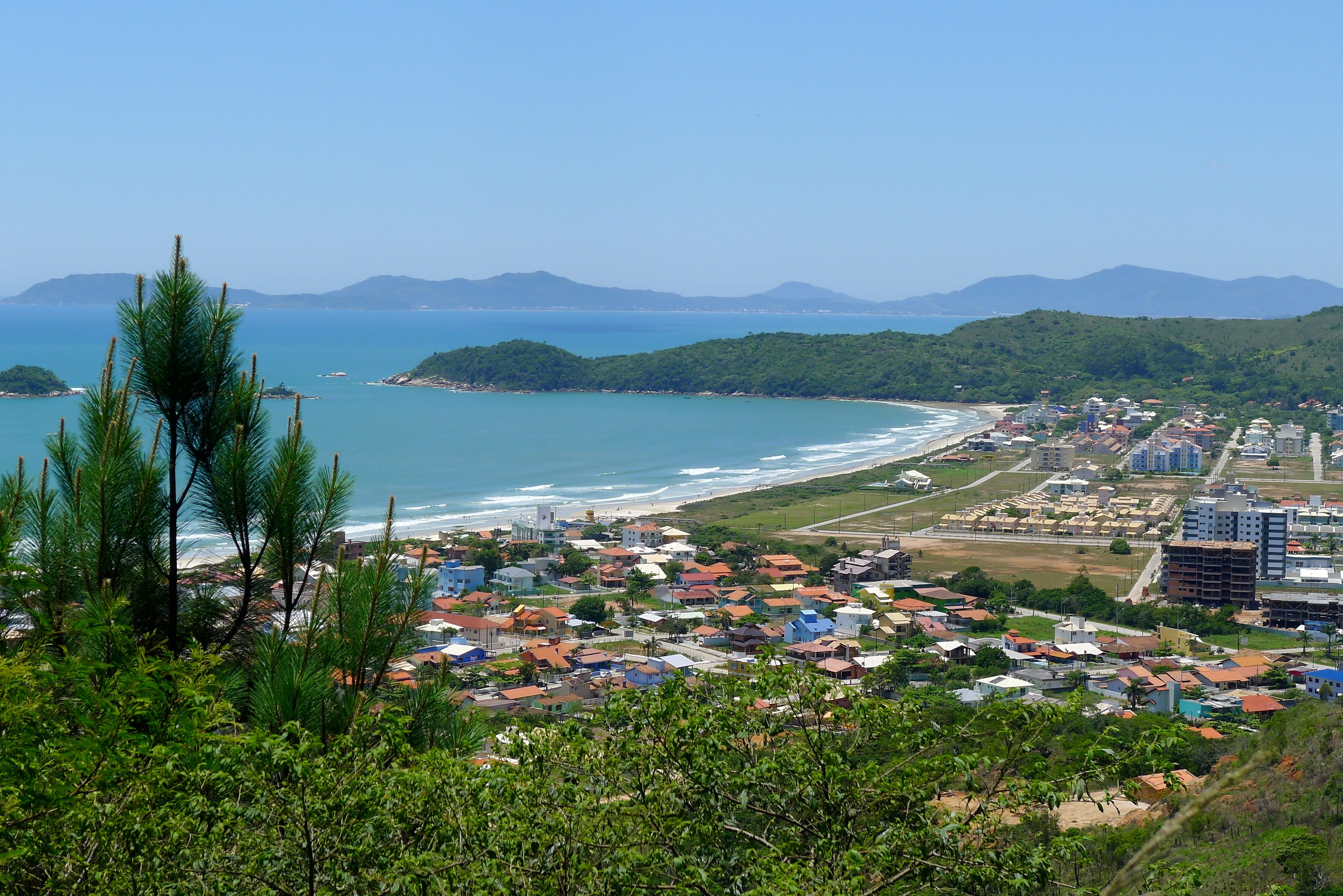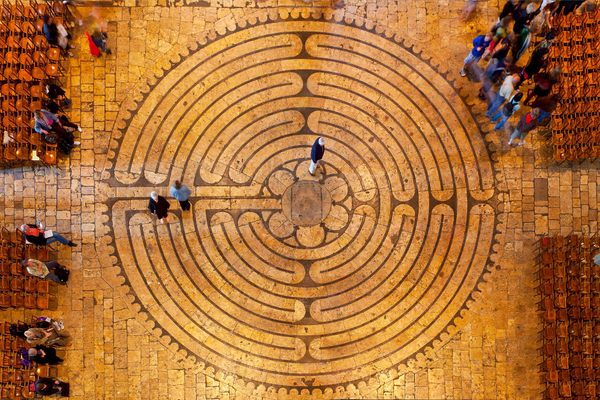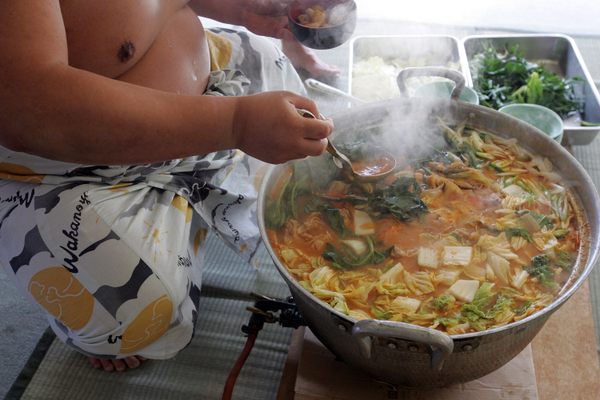Part Spectacle, Part Controversy: the First International Indigenous Games

A participant at Brazil’s Indigenous Games. (Photo: Valter Campanato/ABr/WikiCommons CC BY 3.0)
Folks in vibrant headdresses and ornate body paint stand in a large sandy arena, looking up at blue plastic bleachers. They are competitors in traditional sports games from all over the world, and have descended upon Palmas, Brazil for the first International Indigenous Games, which began on October 23 and will wrap up on November 1.
At the opening ceremonies, more than 2,000 participants from over 20 nations donned their traditional attire and paraded together, feathers mixing and mingling, bare feet kicking up sand to the sound of drumbeats, and flaming torches lighting up the night. Members of the audience, mostly clad in t-shirts and shorts, watched as participants—some dressed in beads and skirts, others in robes and furs, and many with toddlers in tow—competed in games of spear toss, tug of war, log races, and xikunahati—soccer where you can touch the ball only with your head. There is no upper age limit: Competitors range in age from grandchildren to grandparents. And at the end of it all, everyone gets a medal.
Watching the Games, there’s an initial sense of discomfort: that cultures are being treated as spectacles, that there is a distinct, disturbing, and undermining power dynamic to it all. Foreign photographers love capturing images of tribal leaders wearing cheap plastic shades, or tattooed, shirtless women with feathers and nose piercings tapping their smart phones, as if it’s somehow incompatible or anachronistic. There’s also the pervasive sense that the hype has been engineered around tourism and profit, rather than history and culture. Advertisements croon about Palmas being “one of the best places to visit in 2015,” a planned city with a central location and stable infrastructure. Organizers have shelled out $40.9 million for the the event, while ignoring the broader economic inequalities and sufferings of indigenous peoples.
The Jugos Mundiais dos Povos Indígenas are governed by the Inter Tribal Council, a Brazilian NGO founded in 1991 that has organized Brazil’s national Indigenous Games (Jogos dos Povos Indígenas) since 1996. Unlike the formal and meticulously organized Olympics, these Games have the feel of a big family gathering, with teams wearing mismatched shorts, spandex and sports bras, and kids always playing nearby.
There are 22 indigenous tribes from Brazil alone, with a total of around 70 ethno-linguistic groups present. Contingents arrived from countries including Canada, Peru, Ethiopia, and Russia, some of them more well known, like New Zealand’s Maori (with both 12 and 57 year-old participants), and others more unfamiliar, like the Tapirapé, a Brazilian Indian tribe that had under 700 members as of 2010. The theme of the event is: “In 2015, we are all indigenous.”
According to the UNDP, there are more than 370 million indigenous peoples across some 90 countries, making up five percent of the world’s total population. Brazil alone is home to almost 900,000 indigenous people from 305 ethnicities, speaking 274 languages.
In September, indigenous Brazilian ethnic groups including the Guarani Kaiowá and Xerente performed an Earth Blessing ritual in the Okara Village area, where participants are staying; the space is intended to preserve traditional ways of life, with constructions of wood and straw. While the event has received support from the Brazilian Ministry of Sport as well as the UNDP, delegations are mostly self-funded, sometimes with help from their local governments. In terms of sponsorship, it’s definitely no Olympics: a participant from the U.S. said that Nike contributed one shirt to their team.

A New Zealand Maori rowing ceremony—perhaps practice for the Games? (Photo: © Jorge Royan/WikiCommons CC-BY-SA-3.0)
Carlos Terena, the Games’ organizer, uses his group’s name as his surname, a tradition among many indigenous Brazilians. He sees the Games as a major achievement of native peoples as well as the realization of one of his dreams. He told The Guardian that the event isn’t about competition, but about celebration—uniting to celebrate diversity. “Competition is more a thing for the western world anyway.”
Groups are there to share, preserve, and propel their traditions forward, while also gathering to discuss human rights and environmental issues. Food security is one of the event’s main themes, and participants are encouraged to trade seeds to take back to their villages. Cameras have also spotted competitors from different groups introducing games and dances and customs to each other, as well as attendees.
Some groups are criticizing the event for sugarcoating and sensationalizing the lives of the indigenous. The local Krahôs and Apinajés tribes are boycotting the event, accusing it of distorting facts and misrepresenting the true realities of indigenous life in Brazil, which involves more suffering and mistreatment than celebration. The Games have already seen some protests against Brazilian president Dilma Rousseff, who was present for the opening ceremony. Most recently, Brazil’s Xavante tribe has been protesting a proposed constitutional amendment that would give Congress—which is heavily influenced by the massive agriculture lobby—control over the demarcation of indigenous lands.

Palmas, Brazil, is cashing in on the media attention brought in by the first international Indigenous Games. (Photo: Derek Preston/flickr)
According to the Catholic church’s Missionary Council for Indigenous Peoples, 138 indigenous people were killed in clashes over land in 2014, many more than in 2013. In most countries, these abuses are swept under the rug; as in America, citizens are loosely aware of the injustices at play but uncomfortable directly acknowledging them.
The Indigenous Games are a global reminder of the hundreds of shrinking ethnic groups that most of us know little to nothing about. It’s also a reminder of how societies treat them, and of the global traditions that we lose if these groups dwindle and disappear.
But despite the anger and controversy, media and marketing, the event is achieving something distinctly unique and meaningful. ”I’m at a loss for words,” Reinaldo Quispe, an Aymara Indian from Bolivia, told the AP. “I never in my life thought I would meet my brothers from the different tribes around the world.”










Follow us on Twitter to get the latest on the world's hidden wonders.
Like us on Facebook to get the latest on the world's hidden wonders.
Follow us on Twitter Like us on Facebook